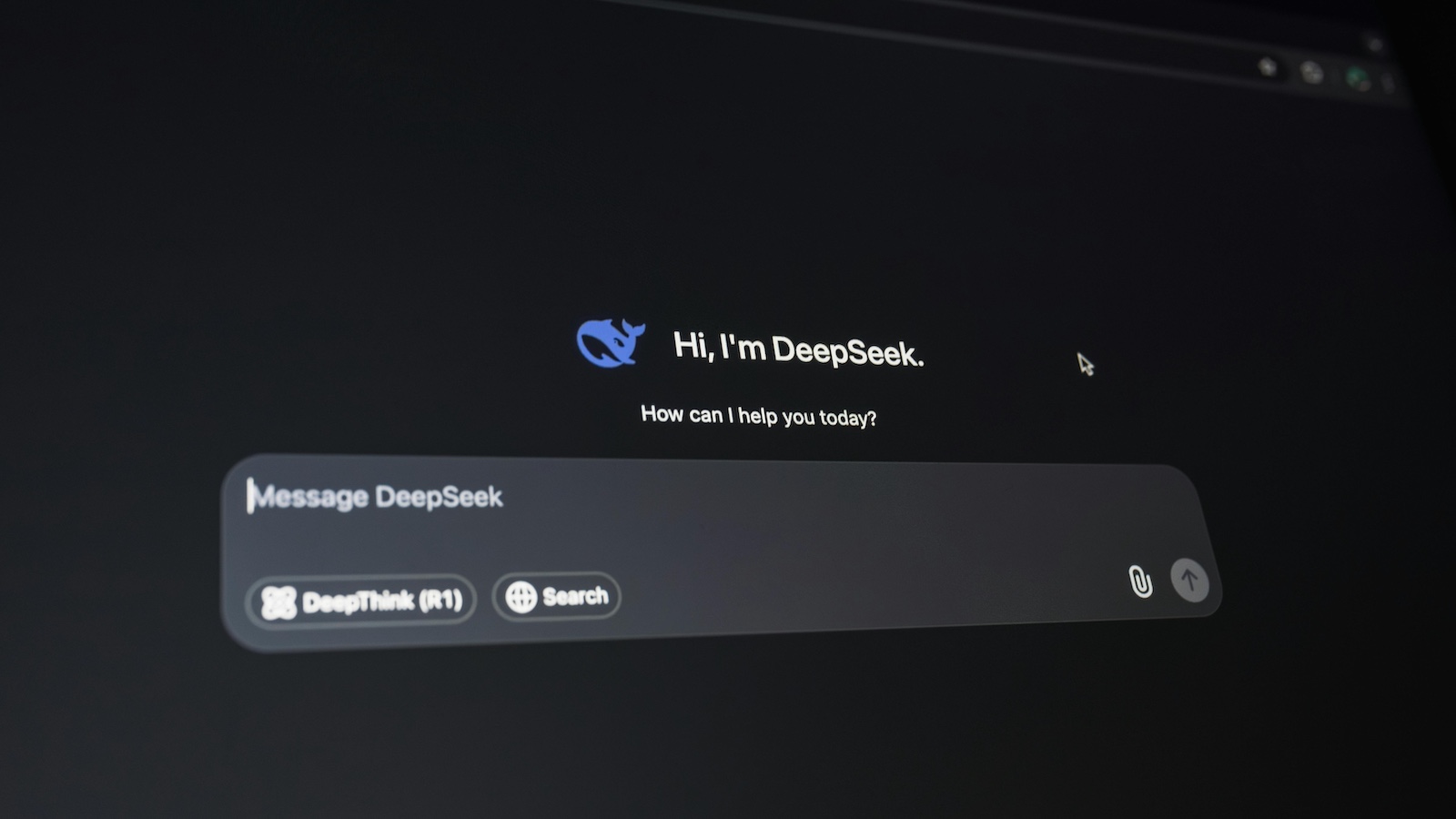Imagine this email exchange with a claims executive:
Pre-COVID: “We’re a people-driven firm, Tom, and our people don’t want Big Brother. What our people want, our people get, as we need to keep them, not drive them away. Humans are cheaper and easier to manage than bots. And bots don’t buy auto and home policies.”
Last week: “Hey, Tom, with remote work seemingly a permanent thing, skyrocketing wages and turnover, plummeting service levels and the Great Retirement looming on the horizon, I think we need 10 Big Brothers ASAP.”
Our working world is fundamentally changed from three years ago. Skilled workforce is aging and retiring earlier, younger workers are opting out of mundane jobs in search of meaningful work, wages are indeed skyrocketing, machines are getting more proactive, customers are more digitally demanding (and impatient) and then there’s general inflation, an annualized 8.3% as I type this.
And people like working remotely; they like it a lot.
All of these trends, except inflation, we hope, seem long-term. Customer-native firms (e.g., State Farm and virtually all carriers of any size in the U.S.) start with customers and add technology; digital native firms (e.g., Lemonade and virtually all insurtechs) start with technology and (hope to) add customers. As a rule, customer-natives view post-COVID trends as a threat, operational or existential in scope, and digital natives see opportunity.
Most readers have been through a formal program of change management, typically led by a management consultancy, to implement growth strategies, embrace new IT systems or reorganize to reduce expenses. The program likely followed the industry-standard Kotter 8-Step approach:
- Establish a sense of urgency
- Form a powerful guiding coalition
- Create the vision
- Communicate the vision
- Empower people to act on the vision
- Plan for and create short-term wins
- Consolidate improvements for more change
- Institutionalize new approaches
See also: Insurers Turn to Automation
Let’s focus on 1) urgency, because without it nothing much else happens. “At the very beginning of any effort to make changes of any magnitude,” writes John Kotter, the dean of organizational change management, “if a sense of urgency is not high enough and complacency is not low enough everything else becomes so much more difficult, difficulties that add up to, historically speaking, a 70% chance of failure.”
Customer-natives tend toward complacency and digital natives tend toward urgency, as garnering customers is an existential challenge--there’s a cash burn rate and a clock ticking somewhere counting down to death and not a cushy retirement. Urgency is definitely a strategic cultural advantage post-COVID.
Re-reading the two emails, there’s a tone of complacency in the first and a palpable urgency in the second. Urgency is a starting point; it’s fuel for change. The bad news is automation doesn’t happen ASAP. Like any meaningful change, automation is a process, not an event, with three steps:
- Discovery
- Instrumentation and Optimization
- Implementation and Control
In the follow-up meeting with the client, we didn’t talk about automation or the three steps. I asked two questions, finding answers to which consumed the hour:
1. Who owns the problem? In many customer-native firms, this question typically triggers a call from operations to the IT department to, in this case, buy robotic process automation (RPA) licenses and spin up some bots. Exporting the problem to IT may have worked in the past, but it won’t work with automation.
Let’s assume a highly automated operation at some point in the future. With round-the-clock attention required and service-level agreements (SLAs) measured in minutes, would you want the humans managing the automations to roll up to you (operations) or IT (the CIO)? A desire to own the solution implies or demands a willingness to own the problem.
IT can and should play a valuable role in the automation journey, but it’s a support role, like finance or HR plays.
2. Who is going to lead the process? Generally speaking, management’s role is to optimize the existing system. Though automation, when properly done, is about process optimization, it also represents a cultural paradigm shift.
One thing you can be sure of, automation will trigger urgency from workers who view it--rightly or wrongly--as a threat to their working existence. Line workers will have no problem summoning the urgency to reject it. Who is going to own leadership resolve? Who is going to stand as change agent number one, spreading the automation mission to agents two, three, four and beyond?
Leading the automation effort isn’t a path to popularity, at least in the short term. Leadership requires energy, vision, resolve and a thick skin. While it’s true you’re about automating jobs humans decreasingly want, such logic tends to melt in the emotional heat.
Assuming leadership, here again the IT department can play a valuable support role building demo bots sharable with other line leaders, the COO, CEO and board. Working bots draw an emotional rise from leaders familiar with them in concept alone. RPA is a truly fantastic tool for spreading urgency toward a larger automation initiative. And it’s cheap.
The term “Big Brother” is indicative of a widespread perception of workplace automation. Though automation entails the mapping and tracking of human activities, the goal is not surveillance per se but operational excellence in resource-constrained environments serving customers growing more digital by the day. The leader’s impulse may be to strike the term “Big Brother” from the firm vernacular, but the real job is to change the mind that produces the term.
Ultimately, there are three games in automation: human v. machine, complacency v. urgency and leadership v. management. Position yourself to play and win all three.








